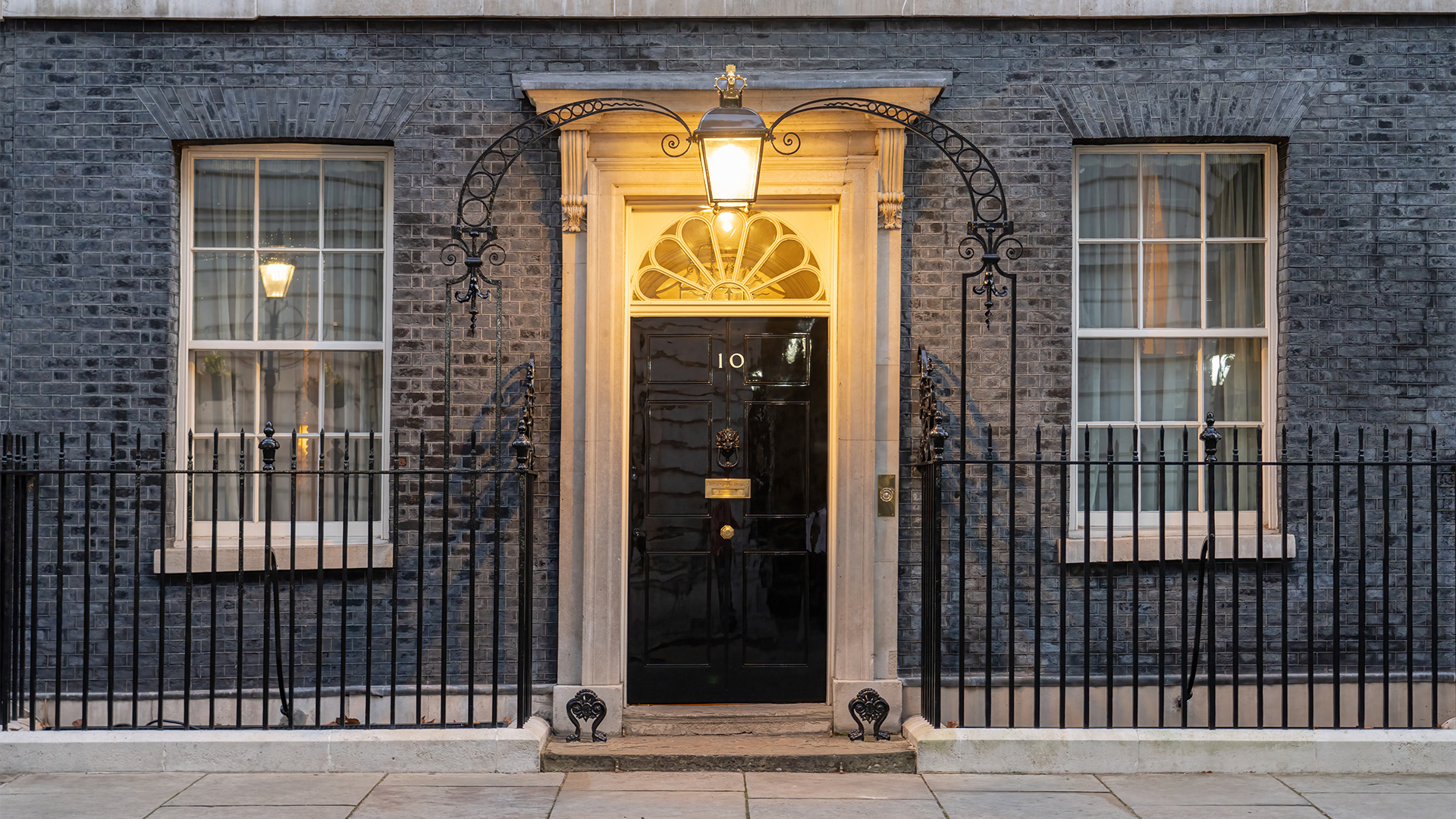The fiscal statement last week thankfully didn’t throw up any big surprises and we think there’s some good news to share:
- State Pension increase of 10.1%
- Capital Gains Tax (CGT) rates remain the same (the highest rate of CGT is charged at 20% (non-property) and 28% (property), whereas income tax is 40%)
- Higher rate tax relief on pension contributions remains unaffected
- The freeze on the pension lifetime allowance (LTA) has not been extended
- Personal allowance and income tax thresholds remain the same until April 2028
That being said, there are a few thresholds which have been impacted:
- CGT threshold reduced to £3,000 by April 2024
- Dividend tax-free allowance will reduce to £500 by April 2024
- Additional rate income tax threshold lowered to £125,140
- IHT threshold frozen until April 2028
Rest assured, there are ways to plan for the incoming changes and remain as tax efficient as possible. With this in mind, here’s our hints and tips:
Given market falls, someone who was previously over the LTA may now be under. There may now be an opportunity to take tax-free cash and reinvest outside remits of pension thereby any market recovery is outside of LTA charges.
- For married couples, if assets are held in joint names you would benefit from both exemptions.
- Where possible, ensure the current year’s exemption is used in full as annual exemption works on a ‘use it or lose it’ basis.
- For investor with any losses, it may be beneficial to crystallise these as the losses can then be carried forward and offset against future gains in tax years with a reduced exemption.
- If you’re thinking of selling an investment property, consider whether it’s possible to do so in the current tax year before the exemption reduces. For a higher rate taxpaying couple, this would save £3,528 in CGT.
- Speak to your financial planner about the range of tax wrappers available as this can make your portfolio more tax efficient – see our recent article Turning taps – the importance of tax wrapper diversification (equilibrium.co.uk).
- The benefits of our Equilibrium fund structure are that any switches within the funds are not subject to CGT whereas individual funds held outside of a fund of funds will likely incur a CGT charge when rebalancing. Furthermore, the charges for our funds are taken from income rather than capital gains making it even more tax efficient.
Dividend rates have been increased in the last two Budgets as well as the tax-free allowance reducing to £1,000 in 2023 then £500 in April 2024. Check the efficiency of your investment portfolio and profit extraction businesses.
A pension contribution which reduces income to below £50,000 would result in a higher rate taxpayer (40%) becoming a basic rate taxpayer (20%) enabling access to other tax benefits:
- Marriage Allowance – should one spouse have no income/income of less than the Personal Allowance, this lets you transfer £1,260 of Personal Allowance to the higher income earner, reducing their tax by up to £252 in the tax year (6 April to 5 April the next year). Marriage Allowance: How it works – GOV.UK (www.gov.uk)
- Child Benefit – this has remained capped at £50,000 since launch. The added advantage is that a spouse who is not working or earning less than £242 per week, they will get National Insurance credits towards their state pension. Child Benefit: How it works – GOV.UK (www.gov.uk)
- The lowered threshold reinforces the importance of making pension contributions. Reducing income to below £100,000 will reinstate the Personal Allowance, avoiding the 60% tax trap.
- There may be the option to delay pension contributions until the next tax year depending on income requirements.
Even though the IHT threshold remains the same for the next 5+ years, there are tax planning opportunities to consider:
- Given recent market drops, assets have fallen in value however, you may wish to gift/place assets into Trust, so any recovery is outside the estate. This will also the start clock under the 7-year IHT rule.
- A gift could be made to a child to fund a pension contribution as outlined in additional rate and child benefit cap sections. Combined tax benefits could be 100%, 60% tax relief if restoring PA and then 40% IHT relief.
We recommend speaking to one of our friendly experts to ensure your investments are working as tax efficient as possible.
Please call us on 0808 156 1176 or alternatively, book a free no-obligation chat here and we will be happy to help.
This blog is intended as an information piece and does not construe advice.




